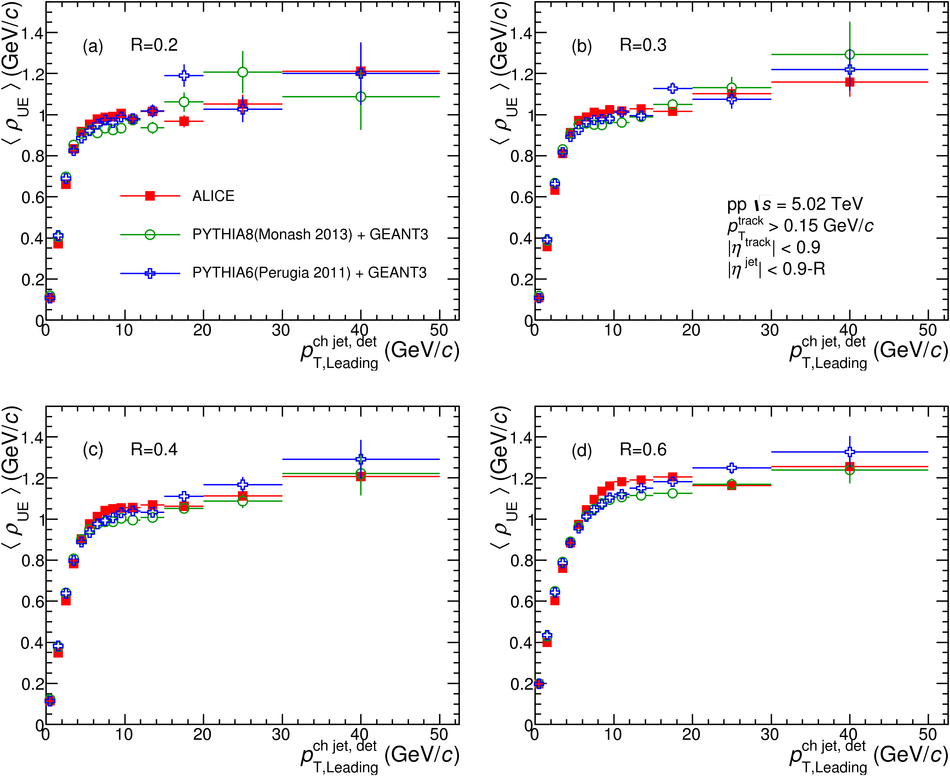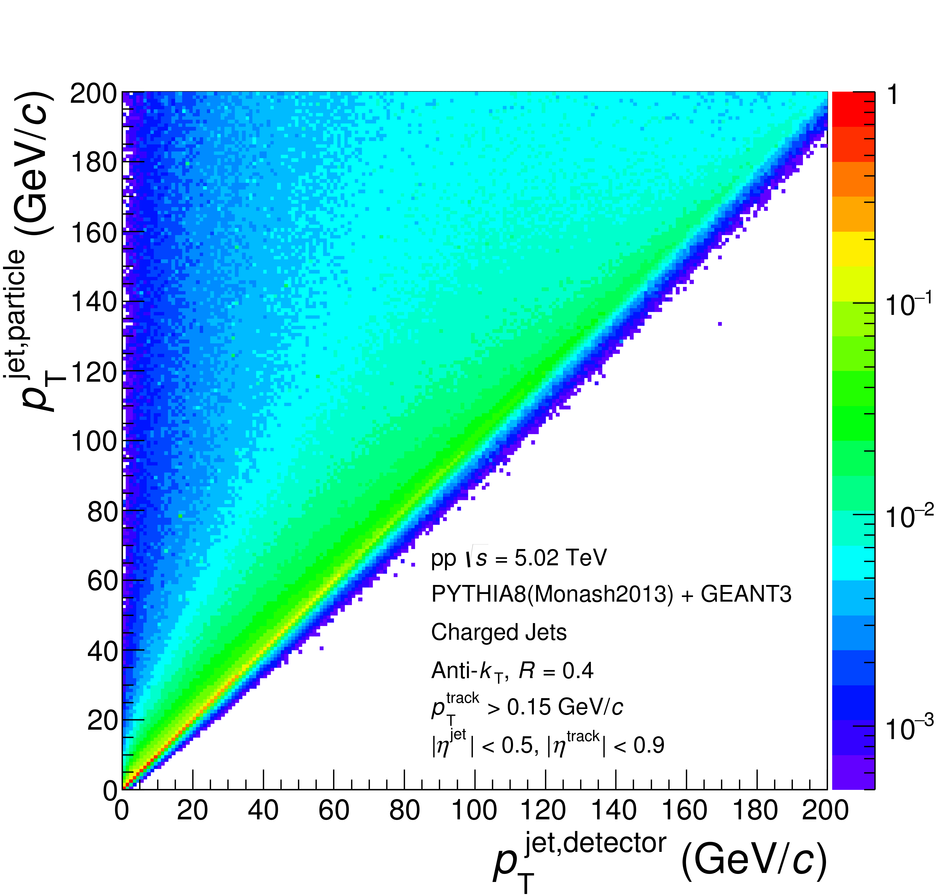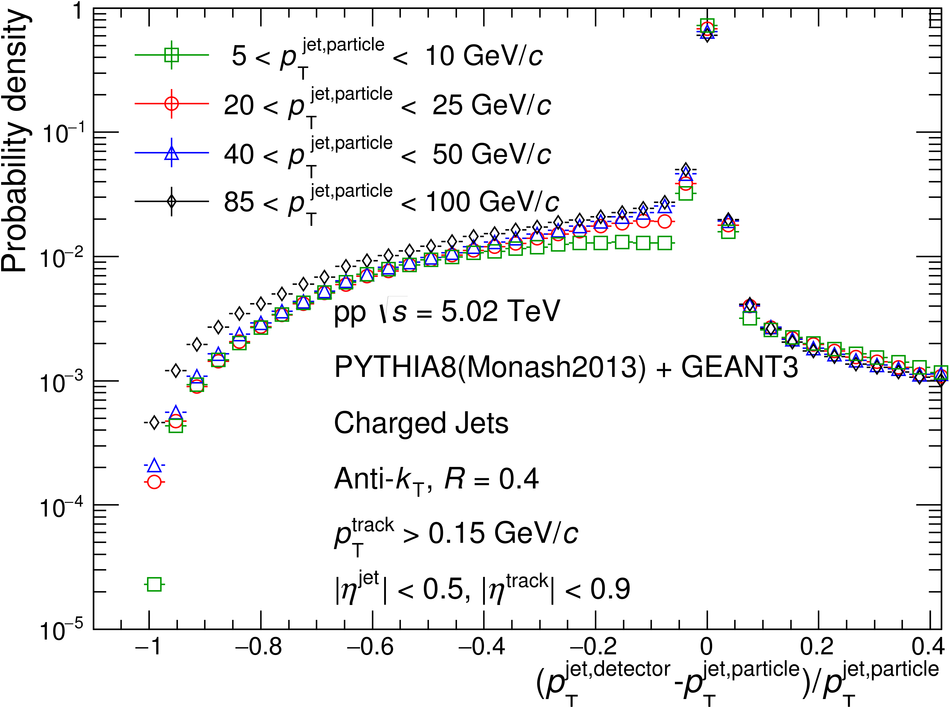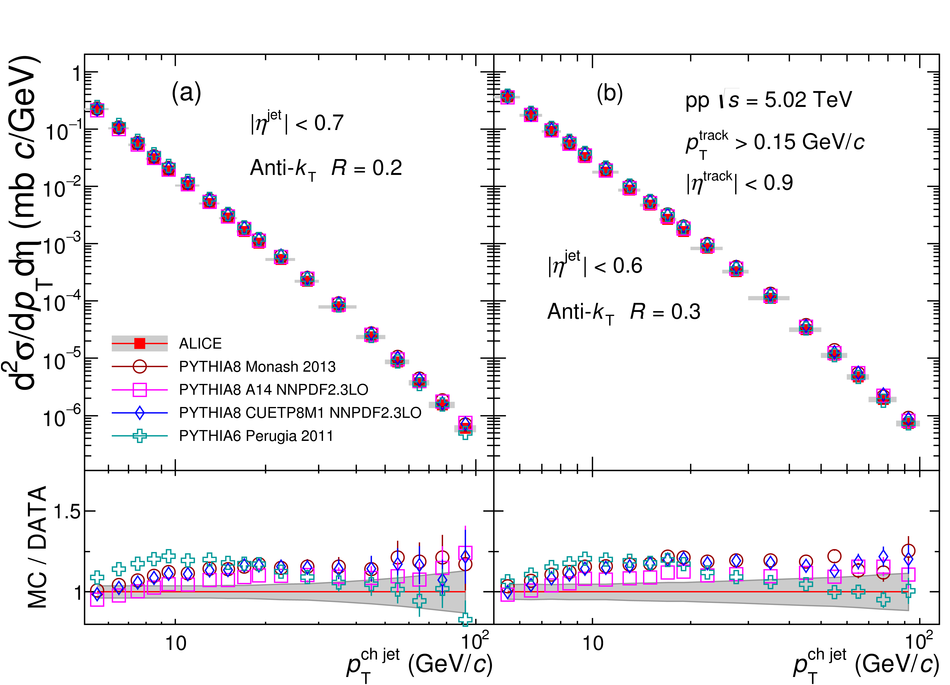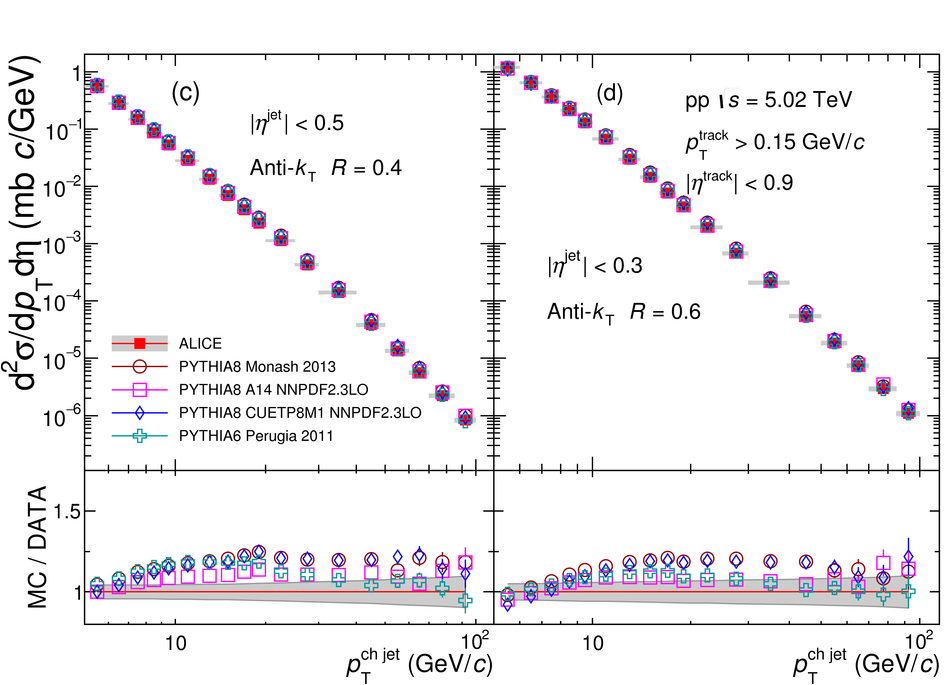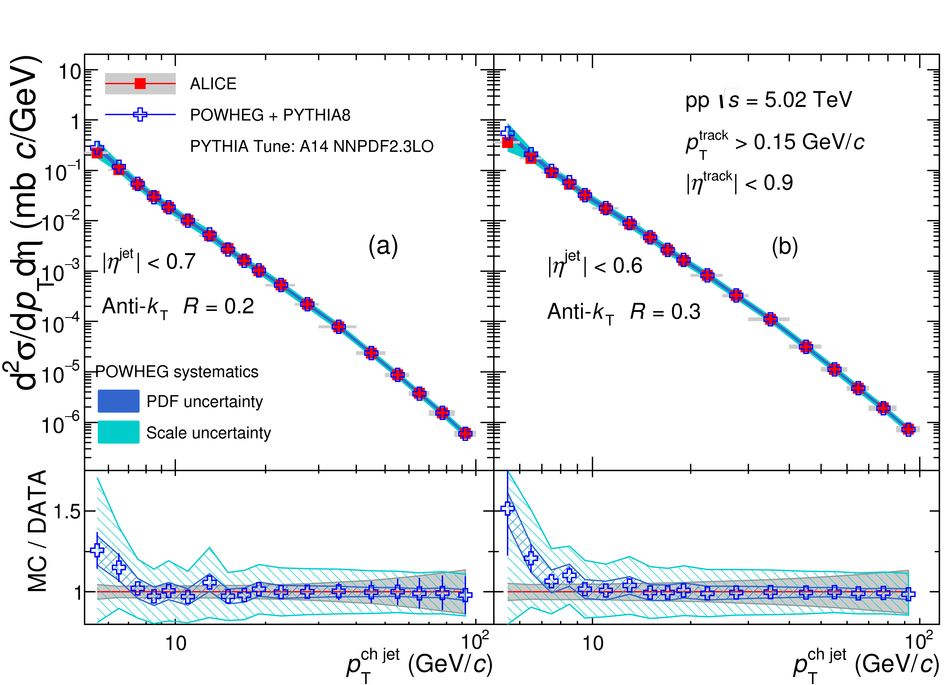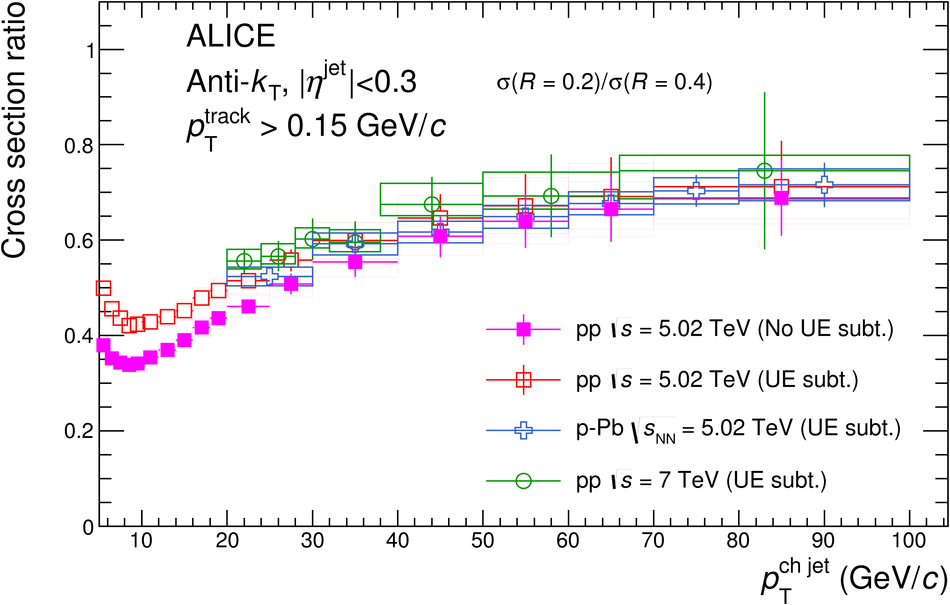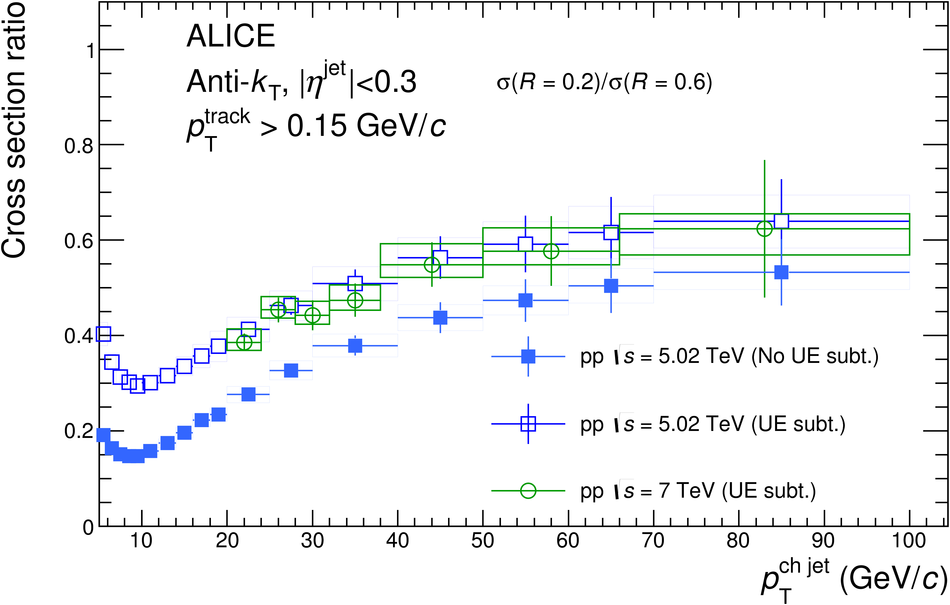The cross section of jets reconstructed from charged particles is measured in the transverse momentum range of $5<~p_\mathrm{T}<~100\ \mathrm{GeV}/c$ in pp collisions at the center-of-mass energy of $\sqrt{s} = 5.02\ \mathrm{TeV}$ with the ALICE detector. The jets are reconstructed using the anti-$k_\mathrm{T}$ algorithm with resolution parameters $R=0.2$, $0.3$, $0.4$, and $0.6$ in the pseudorapidity range $|\eta|<~ 0.9-R$. The charged jet cross sections are compared with the leading order (LO) and to next-to-leading order (NLO) perturbative Quantum ChromoDynamics (pQCD) calculations. It was found that the NLO calculations agree better with the measurements. The cross section ratios for different resolution parameters were also measured. These ratios increase from low $p_\mathrm{T}$ to high $p_\mathrm{T}$ and saturate at high $p_\mathrm{T}$, indicating that jet collimation is larger at high $p_\mathrm{T}$ than at low $p_\mathrm{T}$. These results provide a precision test of pQCD predictions and serve as a baseline for the measurement in Pb$-$Pb collisions at the same energy to quantify the effects of the hot and dense medium created in heavy-ion collisions at the LHC.
Phys. Rev. D 100, 092004
HEP Data
e-Print: arXiv:1905.02536 | PDF | inSPIRE
CERN-EP-2019-070

